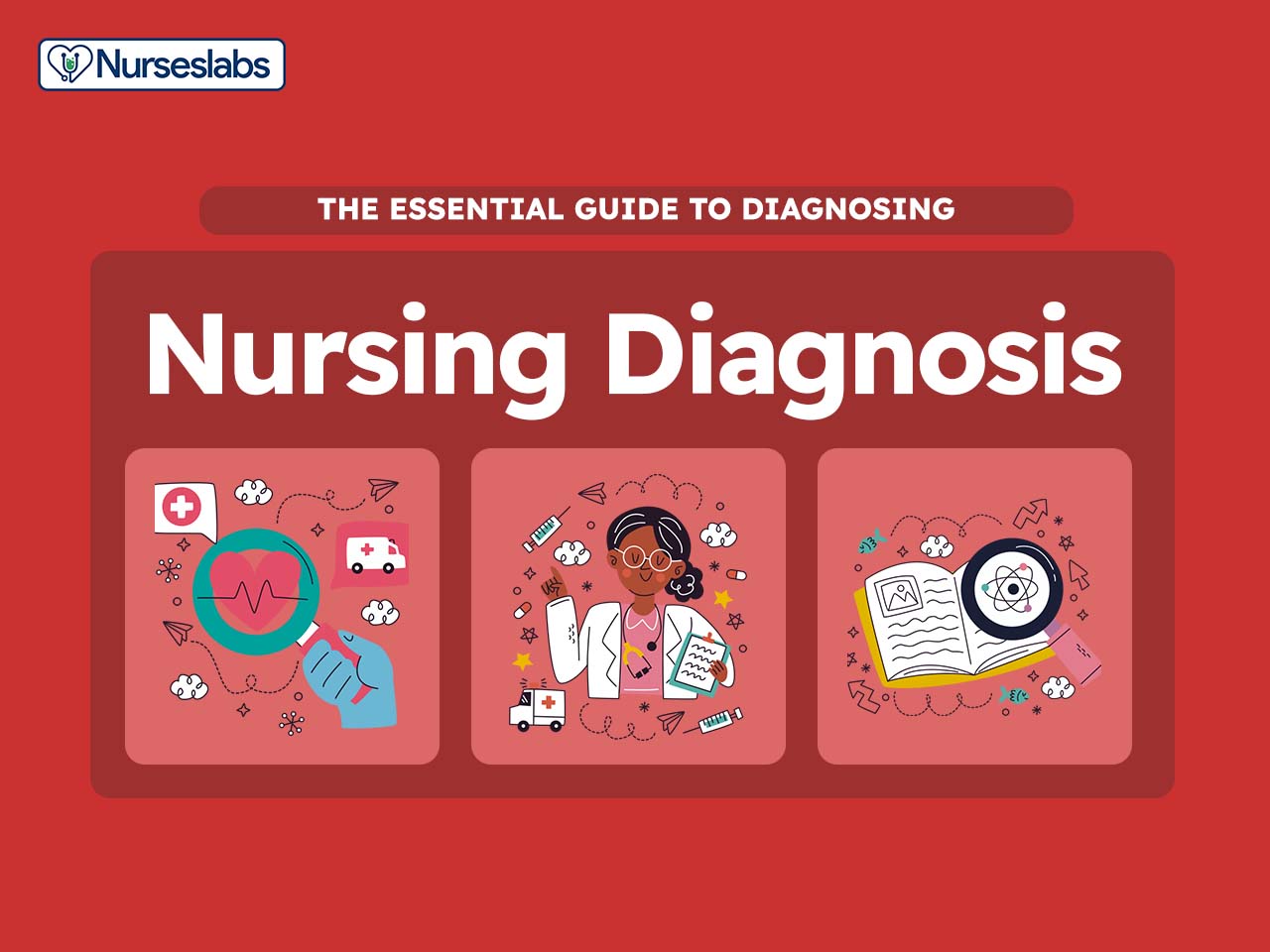
Common Nursing Diagnoses
Table of Contents
Nursing isn’t just about treating illnesses; it’s about addressing the entire spectrum of human experiences that impact health. To do this effectively, nurses utilize nursing diagnoses, which are specific judgments about responses to actual or potential health problems. But with hundreds of diagnoses to consider, which ones do nurses encounter most frequently? Let’s delve into the most common nursing diagnoses and explore their significance:
Risk for Infection
This tops the list due to several factors.
- Why it ranks high: Hospitals are breeding grounds for germs, invasive procedures create entry points, and weakened immune systems leave patients vulnerable. This trifecta makes the Risk of Infection a constant concern for nurses, ranking it among the most common nursing diagnoses.
- The vigilant guardians: Nurses act as infection prevention warriors. They meticulously assess patients for signs of infection, implement hygiene protocols like handwashing and sterile techniques, and administer medications to combat invading pathogens. Early detection and intervention are crucial to prevent infections from escalating, potentially saving lives.
- Beyond the clinical: The battle against infection extends beyond the physical. Educating patients on hygiene practices like proper coughing etiquette empowers them to participate in their protection actively. Nurses also advocate for optimal staffing levels and resource allocation to maintain proper infection control measures throughout the healthcare facility.
- A constant companion: Risk for Infection isn’t a one-time diagnosis; it’s a constant companion for nurses, requiring ongoing vigilance and adaptation. As new pathogens emerge and antibiotic resistance evolves, staying updated on best practices and evidence-based guidelines is essential.
While it’s a common diagnosis, its impact is far from ordinary. Preventing infections improves patient outcomes and safeguards healthcare workers and the wider community. So, the next time you see a nurse meticulously washing their hands or educating a patient, remember, they’re not just following protocol; they’re standing guard against a silent threat, protecting the health of all.
Acute Pain
Acute pain, a constant melody in the nurse’s symphony, ranks high among diagnoses. Unlike a broken bone, it’s a complex orchestra of physical sensations, anxieties, and vulnerabilities.
- Deciphering the symphony: Nurses aren’t passive conductors; they’re active listeners. Skilled assessments help them understand the tempo and variations of each patient’s pain – its location, intensity, and emotional impact. This insight guides their interventions and instruments to soothe the discomfort.
- Beyond medication: The symphony doesn’t just respond to medication. Nurses offer empathy, a calming presence, and validate concerns. They empower patients to become active participants, teaching them self-care techniques like deep breathing, distraction, and tuning the pain’s volume.
- The ripple effect: Unmanaged pain creates disharmony, leading to complications, delayed healing, and emotional distress. By effectively managing pain, nurses orchestrate a symphony of recovery, improving physical comfort, emotional well-being, and overall healing.
- The unseen battle: Witnessing pain takes its toll on nurses, yet they play their part with unwavering dedication. Their commitment to alleviating suffering, even amidst demanding schedules, exemplifies the true essence of compassionate care.
The next time you see a nurse gently assessing a patient or patiently explaining pain management, understand that they’re not just providing a service; they’re conducting a complex symphony of empathy, skill, and dedication, striving to restore harmony and well-being, one patient at a time.
Impaired Physical Mobility
Impaired physical mobility, a diagnosis woven into the nursing fabric, ranks high. It acts as a chain, restricting independence, jeopardizing health, and demanding constant nursing attention.
- The tangled roots: The causes intertwine like knotted string – aging, illness, injury, even medications. Nurses assess these complexities, carefully untangling the root of the limitation. This understanding guides their interventions, from assisting with daily activities to implementing exercises that gently stretch and strengthen muscles to loosen the chains.
- Beyond the physical: Limited movement ripples through a patient’s well-being. Nurses become cheerleaders, encouraging participation in self-care tasks and fostering a sense of control and dignity. They also advocate for accessible environments and equipment, ensuring the chains don’t tighten due to physical barriers.
- A team effort: Breaking free from impaired mobility often requires a team. Nurses collaborate with therapists, social workers, and families, each playing a role in loosening the chains. This unified approach empowers patients and optimizes their chances of regaining independence.
- Unsung heroes: Witnessing limitations can be frustrating for both patients and nurses. Yet, nurses persevere, offering unwavering support and encouragement. Their dedication to helping patients break free from physical confines exemplifies the proper strength and compassion embedded in the nursing profession.
The next time you see a nurse patiently assisting a patient with movement or celebrating small victories in mobility understand that they’re not just providing care; they’re waging war against limitations, one step at a time, freeing patients to reclaim their independence and experience the joy of movement once again.
Risk for Ineffective Tissue Perfusion
Risk for Ineffective Tissue Perfusion, a chilling diagnosis lurking in hospitals, ranks high for a vital reason: it paints a picture of cells starved for oxygen and nutrients, struggling to survive.
- Guarding the lifeline: Nurses act as vigilant protectors of this lifeline. They meticulously assess vital signs, monitor skin color and warmth, and hunt for subtle clues that blood flow may be compromised. Early detection is crucial, for organ damage can quickly follow once the cascade starts.
- The arsenal of interventions: From positioning patients strategically to administering medications that dilate blood vessels, nurses wield a diverse arsenal to improve circulation. They also educate patients on healthy lifestyle choices like exercise and proper hydration, empowering them to actively participate in their defense.
- The domino effect: The consequences of ineffective perfusion can be devastating, impacting not just one organ but potentially setting off a chain reaction throughout the body. Nurses prevent this domino effect by intervening promptly, safeguarding patients from serious complications.
- Beyond the technical: The battle isn’t just technical; it’s human. Nurses offer emotional support and comfort, knowing the anxiety that accompanies struggling to breathe or feeling numb limbs. Their compassion fuels their dedication to restoring perfusion and alleviating suffering.
Remember: The next time you see a nurse diligently checking pulses or meticulously positioning a patient, understand their actions hold immense power. They’re not just following protocol; they’re fighting a silent war against cellular suffocation, ensuring each heartbeat delivers the vital fuel needed for life.

Deficient Knowledge
Deficient Knowledge, a diagnosis woven into the fabric of nursing, ranks high for a powerful reason: it reflects the information gap that can leave patients feeling lost and vulnerable in the complex medical maze.
- Unlocking the door: Nurses act as navigators, patiently assessing patients’ understanding of their condition, treatment plan, and self-care needs. This evaluation reveals the locked doors of Knowledge, hindering their ability to make informed decisions and participate actively in their healthcare journey.
- Building the bridge: Nurses bridge the knowledge gap with empathy and clear communication. They tailor their explanations to individual needs, using understandable language and visuals to paint a clear picture of the health situation. Empowering patients through education is critical, giving them the tools to manage their health and advocate for themselves.
- Beyond the basics: The bridge extends beyond just medical Knowledge. Nurses address fears, anxieties, and cultural beliefs that may influence understanding and adherence to treatment. They also connect patients with relevant resources and support groups, fostering a sense of community and shared Knowledge.
- A ripple effect: The impact of addressing knowledge gaps goes beyond individual patients. Informed patients make better healthcare decisions, improving treatment outcomes and reducing complications. This empowered participation also promotes long-term health management and self-advocacy.
- Unsung heroes: Witnessing confusion and fear can weigh heavily on nurses. Yet, they persevere, patiently educating and supporting each patient. Their dedication to demystifying medical complexities exemplifies the true depth of compassion and commitment in nursing.
The next time you see a nurse patiently answering questions or drawing diagrams, understand they’re not just providing information; they’re unlocking doors of Knowledge, empowering patients to navigate the healthcare maze with confidence and take control of their well-being.
Constipation
Constipation, a seemingly simple issue, plagues both patients and nurses, ranking high among common diagnoses. But don’t underestimate its impact – it’s more than just discomfort; it’s a potential breeding ground for complications.
- Untangling the knots: Nurses act as detectives, carefully assessing dietary habits, medications, and medical history to unravel the knots causing constipation. This detective work paves the way for interventions, from increasing fiber and fluid intake to administering medications that gently nudge things along.
- Beyond the physical: While medications offer relief, nurses go beyond. They offer empathy and understanding, knowing the frustration and pain constipation can cause. They also educate patients on lifestyle modifications like regular exercise and healthy eating habits, empowering them to take charge of their gut health.
- A ripple effect: Unresolved constipation can lead to complications like hemorrhoids and even bowel obstruction. By intervening promptly and effectively, nurses prevent these downstream issues, improving immediate comfort and long-term bowel health.
- Discreet champions: Addressing such personal issues can be awkward for patients and nurses. Yet, nurses approach these conversations with sensitivity and professionalism, prioritizing patient dignity and privacy. Their dedication to promoting gut health exemplifies the holistic approach at the heart of nursing care.
Remember: The next time you see a nurse offering dietary advice or patiently explaining constipation management, understand they’re not just addressing a physical issue; they’re untangling knots, preventing complications, and empowering patients to achieve a smoother, more comfortable journey toward better gut health.
Ineffective Coping
Ineffective Coping, a diagnosis reflecting the struggles we face navigating life’s curveballs, ranks high for a compelling reason: it’s a silent companion to stress, anxiety, and grief, impacting patients and nurses alike.
- Unraveling the tangle: Nurses act as compassionate detectives, patiently assessing the sources of ineffective Coping – job loss, illness, and loss of loved ones. By understanding the tangled threads of worry and fear, they tailor interventions: Offering supportive listening. Connecting patients to resources like therapy or support groups. Even teaching relaxation techniques
- Beyond the surface: Ineffective Coping isn’t just about feeling overwhelmed; it can lead to self-destructive behaviors or withdrawal. Nurses recognize these red flags and offer a safe space for emotional expression, fostering resilience and healthy coping mechanisms.
- A ripple effect: Unchecked, ineffective Coping can negatively impact mental well-being and physical health. Nurses break this cycle by helping patients develop healthier coping skills, promoting positive emotional well-being, and optimizing treatment outcomes.
- Silent warriors: Witnessing emotional struggles can be emotionally taxing for nurses. Yet, they persevere, offering unwavering empathy and support. Their commitment to emotional well-being exemplifies the proper strength and compassion in nursing.
The next time you see a nurse patiently listening or gently suggesting coping strategies, understand they’re not just offering comfort; they’re wielding empathy and skill to untangle the knots of stress and anxiety, empowering patients to navigate life’s challenges with resilience and emotional strength.
Silent warriors
While not technically a formal nursing diagnosis, Silent Warriors aptly captures the reality of chronic stress and the emotional burden nurses worldwide face. It’s not listed on charts, yet its impact resonates deeply within the profession.
- Why it matters: The constant demands, emotional intensity, and exposure to suffering take a toll. Nurses juggle heavy workloads, witness pain, and loss, and navigate ethical dilemmas, often carrying these burdens silently. Ignoring this invisible diagnosis can lead to burnout, compassion fatigue, and even physical health problems.
- Beyond resilience: Nurses are known for their resilience, but even warriors need support. Recognizing this silent diagnosis is crucial to promoting well-being. Creating safe spaces for open communication, fostering healthy coping mechanisms, and advocating for adequate staffing and resources are vital steps in supporting these silent warriors.
- The ripple effect: When nurses thrive, patients benefit. Acknowledging and addressing their stress ensures better care, reduced medical errors, and a more compassionate healthcare environment for all.
The next time you see a nurse, remember they’re not just dispensing medication or taking vitals. They’re silent warriors, facing invisible battles with quiet strength. Let’s acknowledge their burden, offer support, and ensure their well-being for their sake and for the sake of the patients they serve.
Beyond the List:
Remember, this is just a glimpse into the vast world of nursing diagnoses. Each patient presents unique needs and complexities, requiring individualized care plans and interventions. The ability to critically analyze, adapt, and personalize care delivery is the hallmark of a truly exceptional nurse.
So, aspiring nurses, as you embark on your journey, remember: mastering these common diagnoses is a solid foundation, but your true potential lies in your unwavering commitment to compassionate care, critical thinking, and lifelong learning. The healthcare landscape awaits your unique blend of skills and empathy, ready to be transformed by your dedication to serving humanity in its most vulnerable moments.







